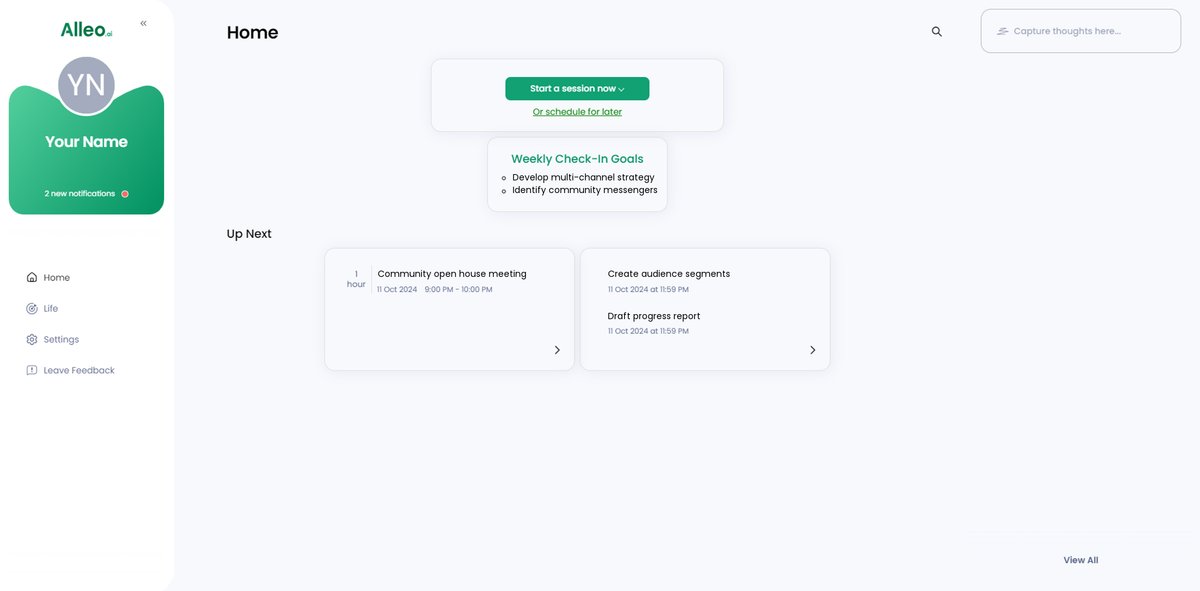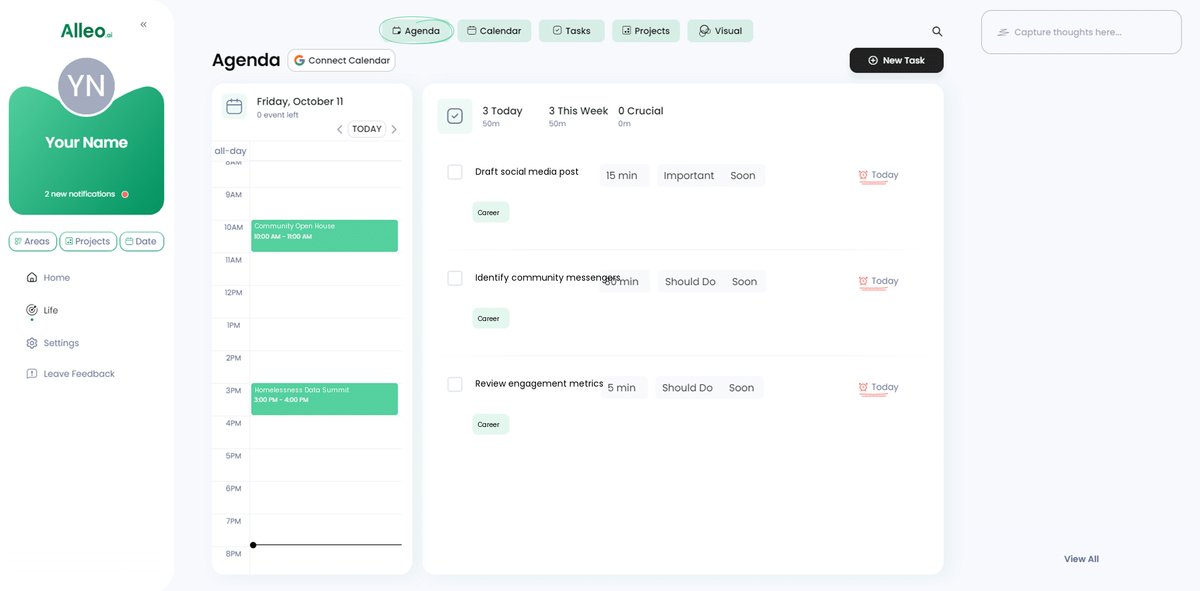Mastering Strategies for Communicating Homelessness Initiatives: The Ultimate Public Engagement Guide
Imagine your city finally solving homelessness—how would you communicate this achievement in homeless outreach programs?
As a life coach, I’ve helped many professionals navigate these challenges. In my experience, clear communication strategies are crucial during times of crisis, especially when addressing homelessness stigma.
In this article, you’ll discover actionable strategies to effectively communicate homelessness initiatives. You’ll learn how to engage the public and build trust through various communication channels, including community awareness campaigns and public education on homelessness.
Let’s dive into communicating homelessness initiatives effectively.

The Complexity of Homelessness Communication
Communicating homelessness initiatives effectively can be a challenging endeavor. Many clients initially struggle with engaging the public and fostering trust in homeless outreach programs.
Poor communication strategies during times of crisis can have severe consequences, exacerbating misunderstandings and resistance to local government homeless policies.
Homelessness is a complex issue that requires public awareness and engagement. Without clear, transparent, and inclusive communication, efforts to address homelessness and implement homeless prevention strategies can fall short.
I often see clients benefit from tailored messaging that resonates with diverse audiences when communicating homelessness initiatives effectively.
Inclusive communication is essential. It ensures all community members are informed and engaged in public education on homelessness.
This is especially vital during crises when clear and accurate information can make a significant difference in public perception and support for homeless shelter initiatives and affordable housing solutions.

Key Steps to Communicating Homelessness Initiatives Effectively
Communicating homelessness initiatives effectively requires a few key steps. Here are the main areas to focus on to make progress in homeless outreach programs and community awareness campaigns.
- Utilize multi-channel communication strategies: Combine traditional media and digital platforms for a wider reach in public education on homelessness.
- Engage trusted community messengers: Collaborate with local influencers and community leaders to address homelessness stigma.
- Create tailored messages for diverse audiences: Segment your audience and develop inclusive, culturally sensitive content for homeless prevention strategies.
- Host open houses for community input: Organize events to inform and gather feedback on local government homeless policies.
- Use social media for real-time updates: Share live updates, event coverage, and instant feedback on social media about homeless shelter initiatives.
- Develop data-driven progress reports: Collect and analyze data to create transparent, easy-to-understand public reports on affordable housing solutions and homeless support services.
Let’s dive in to explore these strategies for communicating homelessness initiatives effectively and engaging citizens in homelessness issues!
1: Utilize multi-channel communication strategies
Using a mix of communication channels helps ensure your message reaches diverse audiences effectively when communicating homelessness initiatives effectively.
Actionable Steps:
- Implement a mix of traditional media and digital platforms: Combine press releases, radio, social media, and websites for a comprehensive reach in homeless outreach programs and community awareness campaigns.
- Develop a communication calendar: Schedule consistent and timely updates across all channels to keep the public informed about local government homeless policies and homeless prevention strategies.
- Monitor engagement metrics: Adjust strategies based on engagement data to optimize reach and effectiveness of public education on homelessness.
Explanation:
These steps matter because they help you maximize your reach and ensure consistent messaging when communicating homelessness initiatives effectively. Using multiple channels allows you to engage different audience segments effectively, addressing homelessness stigma and promoting homeless shelter initiatives.
For example, maintaining a communication calendar helps keep your updates regular and timely, which is crucial during crises. According to ASPR TRACIE, multi-channel strategies are essential for effective crisis communication.
Key benefits of multi-channel communication include:
- Reaching a wider and more diverse audience for affordable housing solutions
- Reinforcing messages across different platforms about homeless support services
- Adapting to various communication preferences when engaging citizens in homelessness issues
Transitioning to the next section, let’s explore how engaging trusted community messengers can further enhance your communication efforts.
2: Engage trusted community messengers
Engaging trusted community messengers is vital to communicating homelessness initiatives effectively.
Actionable Steps:
- Identify and collaborate with local influencers: Connect with community leaders and trusted figures to help spread key messages about homeless outreach programs.
- Train messengers on core topics: Ensure they understand and can accurately communicate the main points of your initiatives, including local government homeless policies and homeless prevention strategies.
- Host regular feedback sessions: Meet with these messengers frequently to gather insights and address any community concerns related to public education on homelessness.
Explanation:
These steps matter because they leverage the trust and influence that local leaders have within their communities when communicating homelessness initiatives effectively.
By training and collaborating with these messengers, you ensure that accurate information about homeless support services reaches a broader audience.
According to Temenos CDC, involving the community in communication efforts can significantly change perceptions of homelessness and enhance community awareness campaigns.
Transitioning to the next section, let’s explore how creating tailored messages for diverse audiences can further enhance your efforts in communicating homelessness initiatives effectively.

3: Create tailored messages for diverse audiences
Creating tailored messages for diverse audiences is crucial to ensure your communication resonates with everyone in the community when communicating homelessness initiatives effectively.
Actionable Steps:
- Conduct audience segmentation: Analyze community demographics and preferences to understand the needs of different groups for homeless outreach programs.
- Develop culturally sensitive materials: Create inclusive content in multiple languages to reach broader audiences for community awareness campaigns.
- Use storytelling techniques: Share personal stories to humanize the issue and foster emotional connections, addressing homelessness stigma.
Explanation:
These steps matter because they help ensure your communication is effective and inclusive when communicating homelessness initiatives effectively.
Segmenting your audience allows you to tailor messages that resonate with specific groups, enhancing public education on homelessness.
According to Temenos CDC, using storytelling can significantly change perceptions of homelessness. This approach fosters empathy and understanding among diverse audiences, supporting homeless prevention strategies.
Transitioning to the next section, let’s explore how hosting open houses for community input can further enhance your communication efforts in engaging citizens in homelessness issues.

4: Host open houses for community input
Hosting open houses for community input is crucial for communicating homelessness initiatives effectively and engaging the public in homeless outreach programs. These events gather valuable feedback on local government homeless policies and homeless prevention strategies.
Actionable Steps:
- Organize open house events: Schedule events to inform and gather input from the community about homelessness initiatives and public education on homelessness.
- Use interactive elements: Incorporate Q&A sessions and feedback stations to actively engage attendees in addressing homelessness stigma.
- Provide interpretation services: Ensure all community members can participate by offering services in multiple languages, enhancing accessibility to homeless support services information.
Explanation:
These steps matter because they foster transparency and community involvement in homeless shelter initiatives, which are essential for successful initiatives. Open houses allow direct interaction with the public, addressing concerns about affordable housing solutions and building trust.
According to Long Beach, such events are vital for gathering diverse perspectives and improving strategies for communicating homelessness initiatives effectively.
Key elements of effective open houses include:
- Accessible venues and convenient timing
- Clear presentation of initiative goals and progress on community awareness campaigns
- Opportunities for community members to voice concerns about engaging citizens in homelessness issues
This approach helps ensure your efforts are well-received and supported by the community, promoting effective communication of homelessness initiatives.
Let’s now explore how using social media for real-time updates can further enhance your communication efforts.
5: Use social media for real-time updates
Using social media for real-time updates is crucial for communicating homelessness initiatives effectively and maintaining transparency in your homeless outreach programs.
Actionable Steps:
- Utilize social media platforms: Share live updates, event coverage, and instant feedback on platforms like Facebook, Twitter, and Instagram to boost community awareness campaigns.
- Create engaging content: Develop videos, infographics, and success stories to boost engagement and educate the public on homelessness issues.
- Respond promptly to comments and messages: Build trust and foster community dialogue by actively engaging with your audience on local government homeless policies and homeless prevention strategies.
Explanation:
These steps matter because they help you maintain a direct and interactive line of communication with the public. Real-time updates keep the community informed and involved, which is vital for building support and trust in homeless shelter initiatives and affordable housing solutions.
According to ASPR TRACIE, leveraging social media is essential for effective crisis communication and public outreach, particularly when addressing homelessness stigma and promoting homeless support services.
Transitioning to the next section, let’s explore how developing data-driven progress reports can further enhance your efforts in communicating homelessness initiatives effectively.

6: Develop data-driven progress reports
Creating data-driven progress reports is essential for communicating homelessness initiatives effectively and maintaining transparency and accountability in homeless outreach programs.
Actionable Steps:
- Collect and analyze relevant data: Gather metrics on homelessness initiatives, such as the number of people housed and resources allocated for homeless support services.
- Develop easy-to-understand reports: Create clear and concise reports that highlight key findings and progress made in local government homeless policies.
- Share reports through multiple channels: Disseminate these reports via social media, community awareness campaigns, and your website.
Explanation:
These steps matter because they ensure the public stays informed and engaged in addressing homelessness stigma. Transparent reporting builds trust and credibility in homeless prevention strategies.
According to the City of Long Beach, sharing progress updates encourages community support and participation in homeless shelter initiatives.
Essential components of effective progress reports for communicating homelessness initiatives effectively:
- Clear visualizations of key metrics related to affordable housing solutions
- Comparisons to previous periods or set goals for public education on homelessness
- Explanations of challenges and future plans for engaging citizens in homelessness issues
Utilizing data-driven reports will help you maintain accountability and foster a sense of shared progress in addressing homelessness and communicating homelessness initiatives effectively.

Partner with Alleo to Enhance Your Communication Strategy
We’ve explored the challenges of effectively communicating homelessness initiatives and the steps to achieve it. But did you know you can work directly with Alleo to make this journey easier and faster for your homeless outreach programs?
Setting up an account with Alleo is simple. Start by signing up for our free 14-day trial—no credit card required. This can help jumpstart your community awareness campaigns and public education on homelessness efforts.
Once you’re in, you’ll create a personalized communication plan tailored to your needs, which can include strategies for addressing homelessness stigma and promoting homeless shelter initiatives.
Alleo’s AI coach will guide you through each step of communicating homelessness initiatives effectively. It helps you set goals, schedule updates, and track engagement metrics for your homeless prevention strategies and affordable housing solutions.
The coach will follow up on your progress, handle changes, and keep you accountable via text and push notifications, ensuring you stay on top of your local government homeless policies and homeless support services.
Ready to get started for free and improve your approach to engaging citizens in homelessness issues? Let me show you how!
Step 1: Log In or Create Your Account
To begin addressing homelessness communication challenges, log in to your Alleo account or create a new one to access our AI coach and tailored communication tools.

Step 2: Choose “Building better habits and routines”
Select “Building better habits and routines” to develop consistent communication practices that will help you effectively share updates on homelessness initiatives and maintain public engagement.

Step 3: Select “Career” as Your Focus Area
Choose “Career” as your focus area to enhance your professional skills in communicating homelessness initiatives effectively, aligning with the strategies discussed in the article for better public engagement and trust-building.

Step 4: Starting a coaching session
Begin your journey with an intake session, where you’ll work with Alleo’s AI coach to create a personalized communication plan for your homelessness initiatives, setting the foundation for effective outreach and community engagement.

Step 5: Viewing and Managing Goals After the Session
After your coaching session on communicating homelessness initiatives, check the Alleo app’s home page to view and manage the goals you discussed, helping you stay on track with your communication strategy.

Step 6: Adding Events to Your Calendar or App
Use the calendar and task features in the Alleo app to schedule and track your progress on homelessness communication initiatives, ensuring you stay organized and accountable as you implement your multi-channel strategy.

Wrapping Up: Your Strategy for Success
We’ve walked through effective strategies for communicating homelessness initiatives. Remember, clear communication is key to building trust and engagement in homeless outreach programs and community awareness campaigns.
You now have actionable steps to make a difference. Whether it’s using multi-channel strategies for public education on homelessness or engaging community messengers to address homelessness stigma, every step counts in homeless prevention strategies.
Feeling overwhelmed?
You don’t have to do it alone. Alleo is here to help streamline your efforts in communicating homelessness initiatives effectively.
Start your free trial today and see the impact of tailored communication on homeless shelter initiatives and affordable housing solutions. Let’s make a real difference together in homeless support services and engaging citizens in homelessness issues.
You’ve got this!